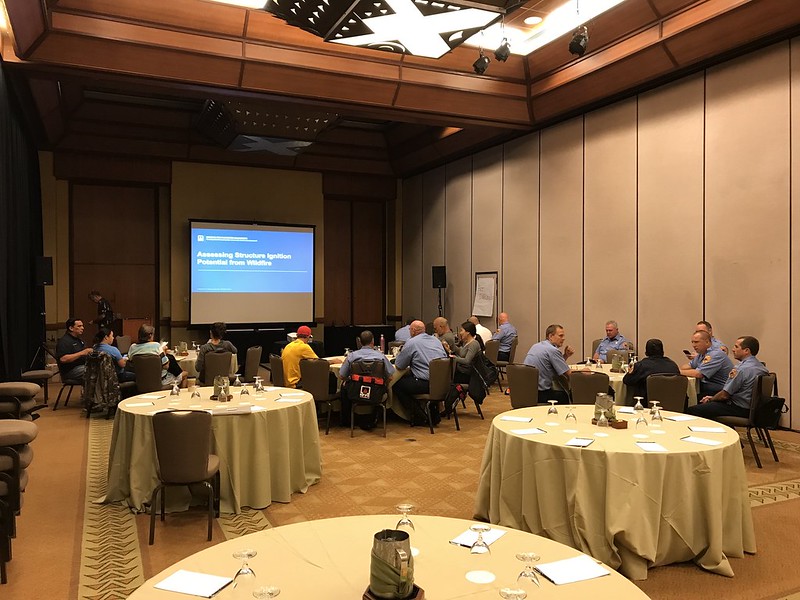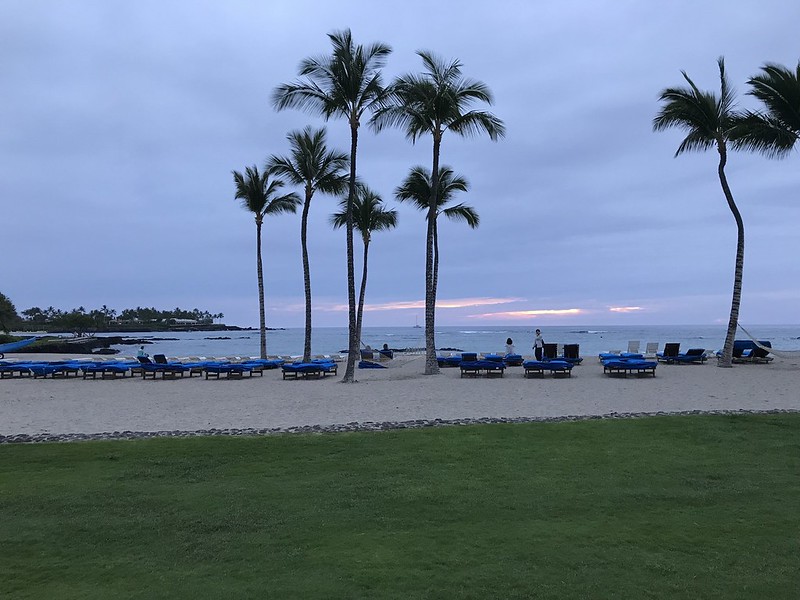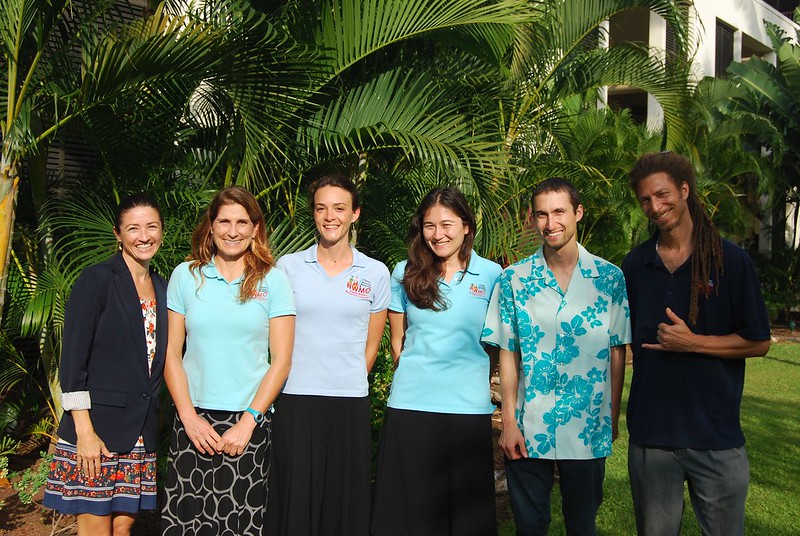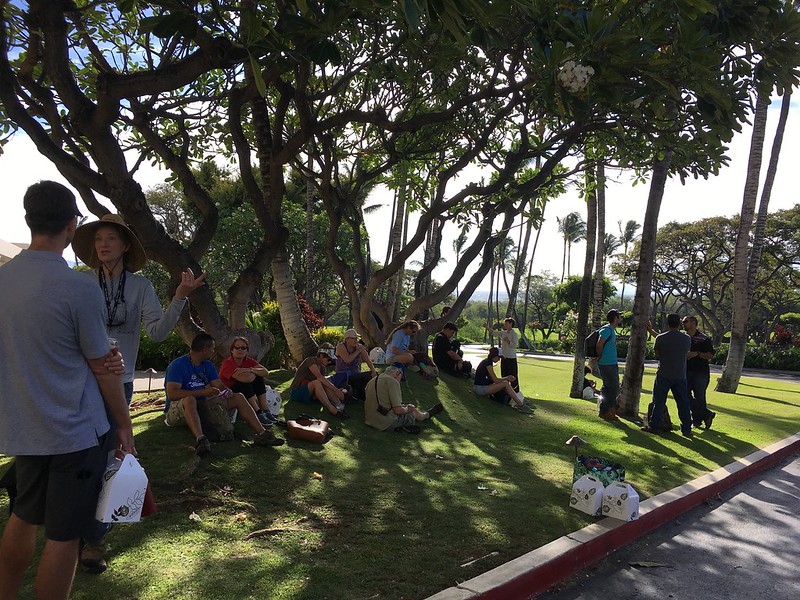Learning from partners about their forest management techniques
HWMO had an incredibly informative time in Bend, Oregon in November. On the 13th and 14th, our team had the privilege of meeting with the Fire Adapted Communities Learning Network. We got to learn about some of the best methods and practices that communities around the western United States are employing in order to stay safer from wildfire. There is a lot that can be done; from community outreach events to the specific methods landowners can use to dispose of their flammable vegetation and ultimately reducing fuel loads. HWMO can take pieces of the equation that the Pacific Northwest (PNW) is using and apply it right here at home in order to reduce the wildfire risk to island communities.
There are definitely differences between the PNW strategies, and the strategies that can be employed here in Hawaii. For one, prescribed fire has become a very consistent and useful tool that is used in conifer forests. The thinning of vegetation using fire, (the element that has been removed from the landscape over the previous century) is something that has enabled the forest management agencies and non-profits to cost effectively manage the accumulation of hazardous fuel in these forest environments. One common misconception is that whenever there is fire on the ground in the forest, it is bad. What has been re-learned by the land stewards of today and something that Native Americans had used as a tool for thousands of years is that these ecosystems actually thrive with consistent, low intensity fires. Fire in these landscapes can actually reduce the competition of invasive species, give the existing trees more room to grow and thrive, and even promote the microbiome of fungi and bacteria that are beneficial to the health of these ecosystems. Prescribed fire in Hawaii is not the same animal, as it has almost exclusively been used for agricultural clearing as opposed to land management, yet HWMO and the State Technical Advisory Committee (STAC) are currently in the process of exploring the potential usefulness of prescribed fire in Hawaii. Read more about the HWMO’s participation in STAC HERE.
Exchanging knowledge abut community engagement in land management
At this learning exchange, we took plenty of notes from this group that has been in the process of pre-fire mitigation much longer than HWMO has. One important theme that kept recurring is the fact that education is a critical component to our mission of wildfire mitigation. It is extremely valuable while working with landowners across property boundaries to bring everyone up to speed on the potential fire risks of unmanaged land. Education also should be about teaching landowners and land managers methods to manage the vegetation on their land. This might include chainsaw classes, fire-ready home and landscape classes, structural ignitions courses, of a firefighting 101 class to help people understand last minute firewise modifications they can make around their home. This process will only be successful with community participation. It wont happen with only one group working towards wildfire safety; it needs to be something that happens in every community.
Hawaii Wildfire Management Organization is incredibly thankful for the Fire Adapted Communities Learning Network for facilitated this learning exchange. Mahalo Nui Loa. We are looking forward to keeping this relationship alive!





























































































